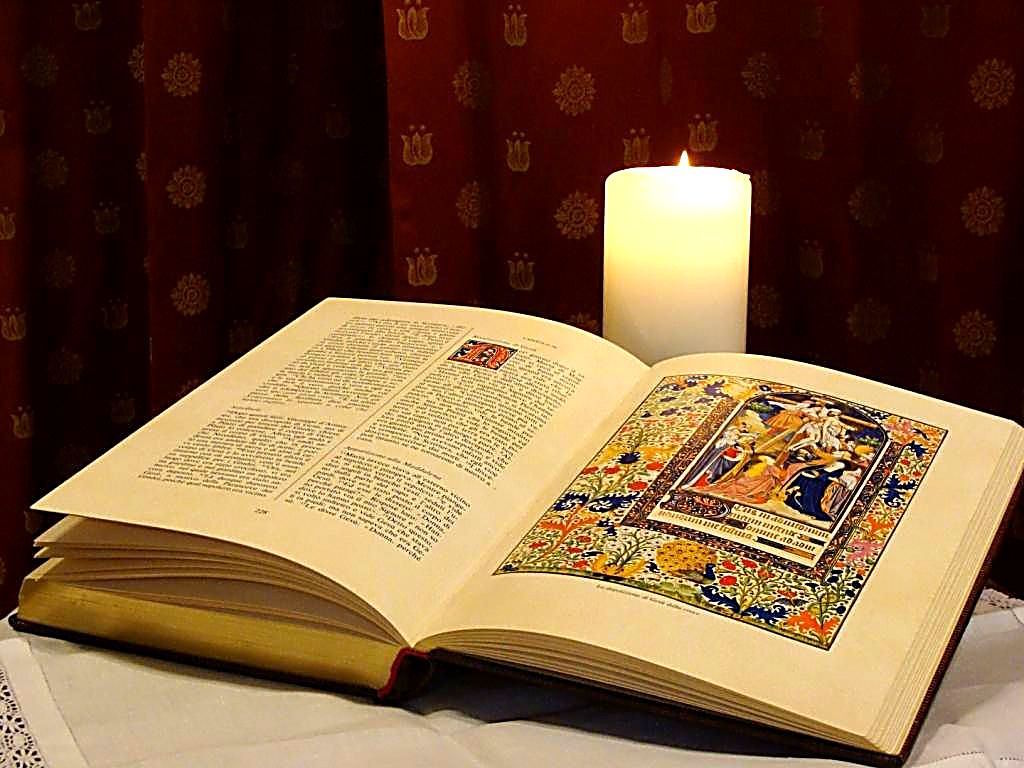
Gospel for Sunday, October 18: Matthew 22: 15-21
XXIV SUNDAY IN ORDINARY TIME
15Then the Pharisees went away and held a council to see how to catch him in his speeches. 16They therefore sent their disciples to him, with the Herodians, to say to him: “Teacher, we know that you are truthful and teach the way of God according to truth. You are not in awe of anyone, because you do not look in the face of anyone. 17So, tell us your opinion: is it lawful to pay tribute to Caesar or not?” 18But Jesus, knowing their malice, replied: “Hypocrites, why do you want to test me? 19Show me the tribute coin.” And they presented him with a denarius. 20He asked them: “Whose image and inscription are they?” 21They answered him: “Caesar’s.” Then he said to them: “Render therefore to Caesar the things that are Caesar’s, and to God the things that are God’s.”
Mt 22: 15-21
Dear Sisters and Brothers of the Misericordie, I am Carlo Miglietta, doctor, biblical scholar, layman, husband, father and grandfather (www.buonabibbiaatutti.it).
Also today I share with you a short meditation thought on the Gospel, with special reference to the theme of mercy.
Separation between Faith and Politics?
“Render to Caesar the things that are Caesar’s, and to God the things that are God’s” (Luke 20.25): this saying of Jesus has always been read as his recognition of the authority of the State, with a view to a separation between Faith and politics. But Jesus’ reply to the scribes and Pharisees who question him does not seem so irenic: if we analyze it in depth, it presents us with a powerfully revolutionary Jesus, who undermines the heart of the Empire. It is not for nothing that the accusation that will be made against him before Pilate will be precisely of fiscal disobedience: “he prevented giving tribute to Caesar and claimed to be Christ the king” (Lk 23,1-2).
Man, the image of God
Before answering the question posed to him, Jesus asks to see the coin. “It is evident that Jesus makes direct reference to Gen 1.27 (editor’s note: humanity as the image of God) when he asks who the image of the coin belongs to… Jesus, starting from the Pharisees’ question about taxes, brings things back to the primordial order, “to the beginning”: return to being the image of God’s creatures and not the monkeys of the “cesarotti” of the moment… You are the image of God and you forgot about it. Give back to God his creature and the living sign of his presence in the world: and give to God what belongs to him: yourselves” (P. Farinella).
A subversive slogan
“The novelty of Jesus lies in the second part of the answer, with which he takes up what his interlocutors had omitted or forgotten: God” (P. Farinella). “Jesus absolutely does not speak of separation between «State and Church»… The opposition that Jesus places between Caesar and God is of a religious nature, not political: it is a question of choosing between God the creator and Caesar the emperor” (P. Farinella). As Ortensio da Spinetoli says, “the statement: «Give to God what is God’s» has a revolutionary implication… It could have been a slogan, a slogan that mobilized the entire nation, like any other oppressed people…. The earth and what it contains belongs to the Lord and he gives it equally to everyone and not to the various Caesars who arrogate to themselves substitutive powers”.
Serving God in brothers
All of us, made in the image and likeness of God, belong only to him. Paul states: “You belong to Christ and Christ belongs to God” (1 Cor 3,22-23)”. Every time a Brother or Sister of Mercy provides a service to someone in need, he or she directly serves God, of whom the poor person is a living image.
Happy Mercy to all!
Anyone who would like to read a more complete exegesis of the text, or some insights, please ask me at migliettacarlo@gmail.com.
